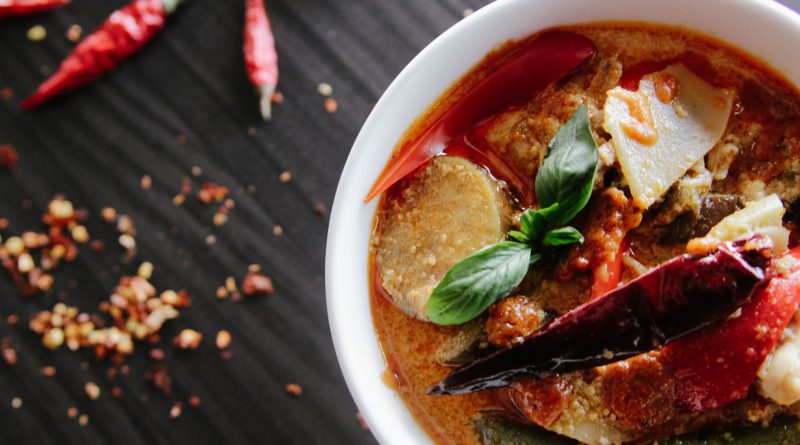The “Ethnic Foods” Aisle And Its Power To Bring Community Together
2,018 total views, 1 views today
If you are not familiar with the term ethnic food aisles, try to be observant the next time you go shopping in your local grocery store. Market chains have partitioned their aisles into sections, with some reserved for food items that do not have their origin in the United States or in a branding that is not English. A popular example is the Walmart aisle for “Hispanic” or “Asian” foods.
Imagine finding a store in a foreign land that sells the local ingredients you could use to make your local dish from scratch? You would be in awe and thank the heavens for making you privy to that information. A typical example is Marukai, a Japanese supermarket that brings Japanese products and ingredients into foreign markets with its headquarters in Los Angeles as “Marukai Corporation USA”. Their products are purchased and enjoyed by locals, Japanese American families as well as foreigners.
Walking across the Marukai aisles will expose one to different languages and other Japanese-American families; each person having a different experience. Growing up in a different neighborhood (for example, a Japanese American in California) brings with it a struggle of not fitting into a box fashioned by the society you live in and the homesick feeling in your gut. It is in the untold experiences of people in diaspora, constantly reminded that they are far away from their homes.
Marukai is just one, grocery stores like H Mart for Asian Americans, 99 Ranch Market for Taiwan, and many others that have incorporated the “community-kind-of-experience” for shoppers that patronize them.
The existence of these aisles bring different waves of emotions to shoppers; some of whom can identify with the cultures displayed and some who were relieved to find something that reminded them of home. It could be something as little as a white couple holding the hand of their mixed child and walking down the aisle or as huge as the concentration of your people in a particular place.
The experience of ethnic food aisles is so much more personal to those who can identify with the culture. It comes with the knowledge that you can find a place that is uniquely yours, not just in food items but across different appliances, cosmetics, stationery and so many others.
According to Buckley, these food aisles had a dual function of being a haven for those who could identify with it and a learning opportunity for those who were not part of the culture but are interested enough to want to know more.
A particular image by Anna Buckley on Pinterest says it all, “seeing the same products that littered my family’s kitchen cabinets in this way ( lined up neatly in rows ) made me feel like I had been given a hug”.
Finding community beyond these aisles is in the shared culture that unites different people, almost like “another market within a market”; a place where everyone belongs and you don’t feel so far away from home.


My supermarket doesn’t have one though…I have to go four towns over for one that has this. I wish more supermarkets had them.
I’ll be more watchful next time. It can help to make my dishes more creative and for the kids to learn more about other places’ foods.
It helps you explore the world in one sitting. Really check it and try the stuff there out.